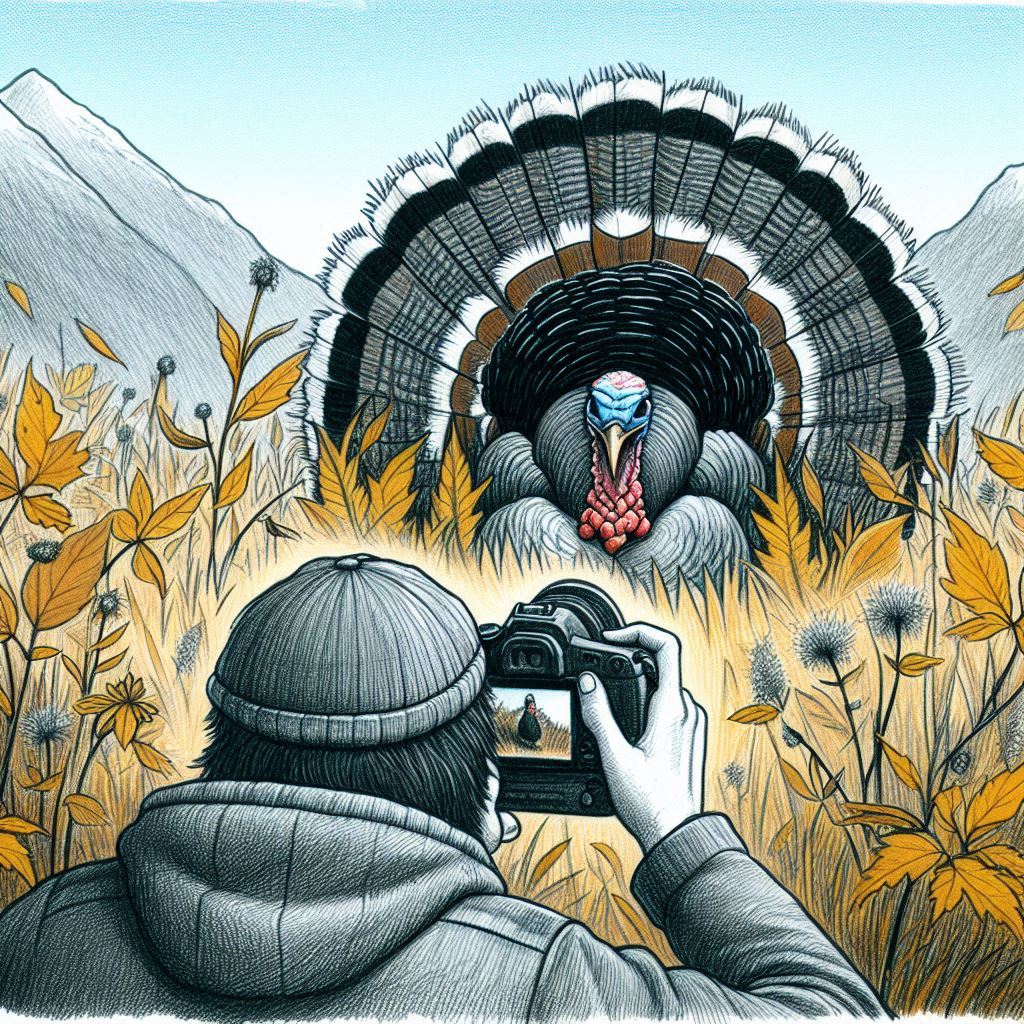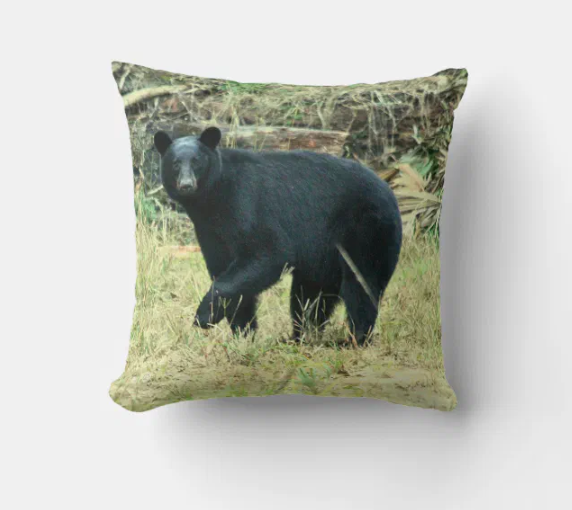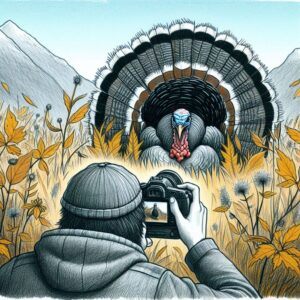
Photographic style is like a fingerprint, unique to each photographer. It reflects your personality, influences, and experiences. For beginners, finding this unique style can feel overwhelming, but it’s an essential step in creative development.
Start by defining what excites you about photography. Do you love capturing people’s emotions in portraits, or are you drawn to the vastness of landscapes? Understanding where your passion lies will help guide you toward a specific style.

My throw pillows are made from 100% spun polyester poplin fabric and add a stylish statement to any room. Pillows are available in sizes from 14” X 14” up to 26” X 26”.
Iconic Photographers
Observing different photographic styles can also provide clarity. Look at iconic photographers, and notice the distinct elements in their work. Whether it’s Ansel Adams’ landscapes or Dorothea Lange’s portraits, each photographer has a recognizable style formed by their choice of subjects, composition, and techniques.
It’s essential to remember that your style may evolve over time. The more you shoot, the better you’ll understand your preferences and strengths. Experiment, reflect, and allow your style to develop naturally.
Experimentation: The Key to Discovering Your Style
Photography is an art, and like any art form, it requires a lot of experimentation. Don’t be afraid to step out of your comfort zone. Try different genres and techniques to see what resonates with you. Whether it’s street photography, macro shots, or high-contrast black-and-white images, exploring various styles can reveal unexpected passions.
One of the most valuable lessons in photography comes from making mistakes. When you experiment, you’re bound to encounter trials and errors. Embrace them. Each misstep teaches you something new—perhaps about technical skills, perhaps about your own creative inclinations.
The Most Satisfaction
Pay attention to the moments when you feel most satisfied with your work. What subjects were you shooting? What techniques did you use? These moments are clues. They guide you toward understanding your preferences and developing a style that’s authentically yours.
Avoid getting stuck in a single pattern too early. It’s crucial to remain open and diverse in your early stages. This approach not only fine-tunes your technical skills but also broadens your creative horizon. Remember, the journey of discovering your style is ongoing, and it’s the diverse experiences that enrich your photographic signature.
Inspiration: Learning from the Masters
Studying the work of established photographers can be incredibly eye-opening. Consider who inspires you and why. Is it the rawness of photojournalistic shots or the minimalist approach of a studio portrait? Understanding these influences can offer valuable insights into your evolving style.
Spend time analyzing their work. Look beyond the surface and think about the choices they made: lighting, composition, subject matter. What emotions do their images evoke in you? This kind of deep analysis helps you understand the nuances of different styles, letting you incorporate elements you admire into your own work.
Mimic While You Learn
Don’t hesitate to mimic the techniques of your favorite photographers while you’re learning. Imitation is a stepping stone to originality. By trying out different techniques, you can discover what works for you and what doesn’t, eventually blending various elements into a style that’s uniquely yours.
Engage with a community of photographers. Join online forums, attend workshops, or participate in photo walks. These platforms offer a wealth of knowledge and inspiration. Learning from others’ experiences can spark new ideas and give you a fresh perspective on your own work.
It’s important to keep a portfolio or mood board of your inspirations. Compile images that you find compelling and review them periodically. This practice not only keeps you motivated but also helps in identifying recurring themes and styles that speak to you.
Technical Skills: Building a Strong Foundation
Mastering the technical aspects of photography is fundamental. Start with the basics of camera settings—learn how aperture, shutter speed, and ISO work together. Understanding these elements puts you in control of how your images look.
Composition plays a big role in your photo’s impact. Study techniques like the rule of thirds, leading lines, and symmetry. These guidelines help you frame your shots in ways that draw the viewer’s eye and strengthen your storytelling.
Lighting is another crucial component. Natural light can be an excellent teacher—observe how it changes throughout the day and affects your subjects. Experiment with artificial light too—learn to use flash, reflectors, and diffusers to enhance your images.
Post Processing
Post-processing is where you can refine your style. Tools like Adobe Lightroom and Photoshop allow you to tweak exposure, contrast, and colors. Be careful though—it’s easy to overdo it. Aim for enhancements that complement and highlight your photographic intent.
Practice is key. Regularly challenge yourself with different scenarios—low light, fast action, or portrait sessions. Each situation enhances your understanding and skills, preparing you to handle diverse challenges with confidence.
Remember, mastering technical skills can take time but is essential for expressing your creative vision effectively. Being technically proficient frees you to focus more on what story you want to tell with your images.
Developing Your Creative Eye
Developing a keen eye takes practice. Start by being mindful of your surroundings. Look for interesting shapes, patterns, and contrasts in your daily life. Sometimes, the most mundane scenes can offer unexpected visual appeal.
Push yourself to see subjects from different perspectives. Get down low, shoot from above, or try unconventional angles. Each viewpoint can add a new dimension to your photos, making them more engaging and unique.
Storytelling is an essential aspect of photography. Think about the narrative you want to convey. A single image can tell a powerful story if you pay attention to the details—expressions, gestures, and the surrounding environment all play a role.
Study Your Own Photos
Spend time studying your own photos. Reflect on what worked and what didn’t. This self-critique helps you understand your strengths and areas for improvement. Share your work with others and seek constructive feedback—different perspectives can be incredibly valuable.
Remember to have fun with it. The process of developing your creative eye should be enjoyable, not stressful. Keep experimenting and challenging yourself so your unique vision can emerge and evolve.
Building a Cohesive Portfolio: Showcasing Your Unique Style
Your portfolio is a reflection of your photographic journey. Choosing work for it requires a critical eye. Only include images that truly represent your style and skills. Quality matters more than quantity here.
Select images that tell a story. A well-curated portfolio should have a flow, guiding viewers through your perspective. Think about the sequence and how each image transitions to the next. This creates a captivating experience for those viewing your work.
Diversity within a theme can make your portfolio stand out. Show your versatility by including shots that showcase different aspects of your chosen style. For instance, if you love portraiture, include a variety of settings, emotions, and compositions to demonstrate your range.
All About Presentation
Presentation is key. Whether it’s an online gallery or a physical book, make sure it’s visually appealing and easy to navigate. Clean, simple designs keep the focus on your work. When presenting digitally, optimize images for web viewing to ensure quick loading times and high quality.
Don’t be afraid to update your portfolio regularly. As your skills and style evolve, your portfolio should too. Replace older images with newer work that better represents your current abilities and vision. Keeping it fresh invites repeat viewings and shows your growth as a photographer.
Final Thoughts
Finally, be confident in your work. Your portfolio is your voice as a photographer. Present it proudly and let it speak for your unique style and journey. Most importantly, have fun with it. Shoot as much as you can and practice your techniques and I promise you will get better over time. Now what are you waiting for? Get out there and start shooting!!!
Did you enjoy this post? Do you want to know when the next post comes out? Consider subscribing. I only send update emails once a week, usually on Friday. Try it out. You can unsubscribe at any time.

